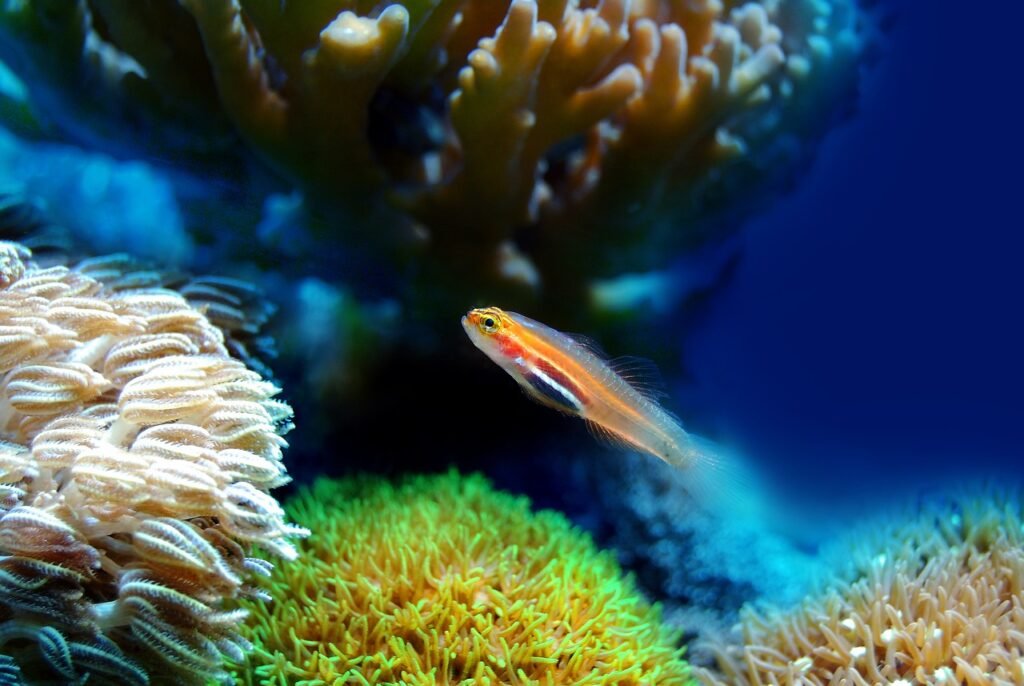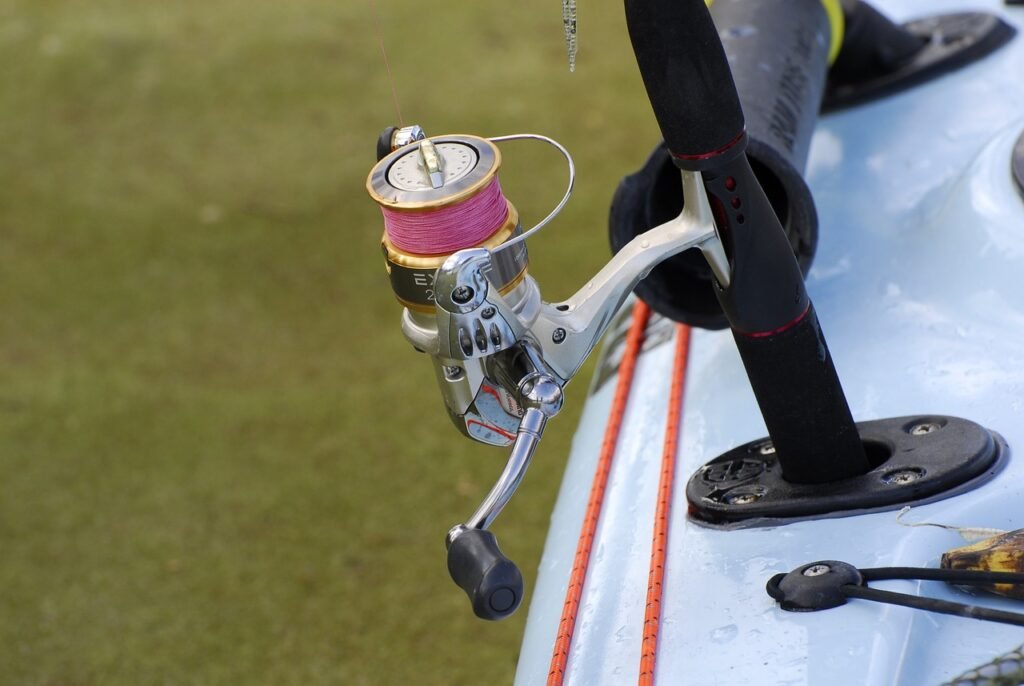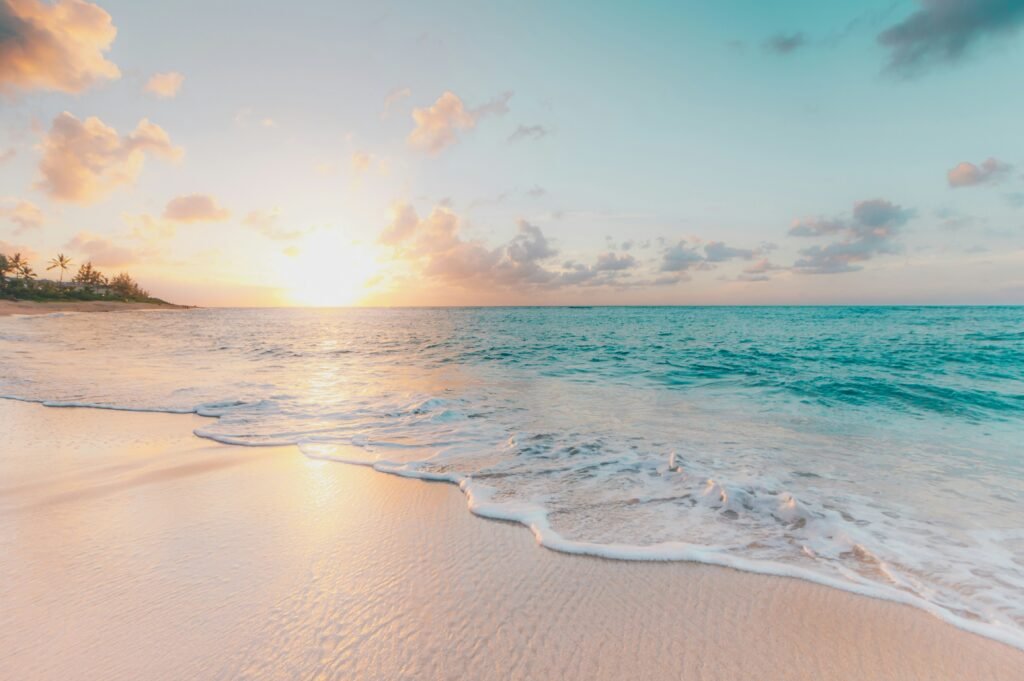Fishing is more than just a hobby; it’s an adventure and a chance to connect with nature. For those who love saltwater fishing, understanding the aquatic ecosystem can make all the difference between a successful day on the water and coming home empty-handed. In this blog post, we’ll dive deep into the world of saltwater aquatic life, exploring how these ecosystems work, and how this knowledge can improve your fishing experience.
The Saltwater Ecosystem: A World Beneath the Waves
Imagine the ocean as a bustling city. Just like any city, the ocean has its own neighborhoods, residents, and unique way of functioning. The saltwater ecosystem is a complex web of life, where every organism plays a crucial role. From the tiniest plankton to the largest predators, each species contributes to the balance and health of the ecosystem.
The Foundation of the Food Chain: Plankton
Our journey begins with plankton, the microscopic organisms that float near the ocean’s surface. Despite their tiny size, plankton are the foundation of the marine food chain. They’re divided into two main types: phytoplankton (plant-like organisms) and zooplankton (tiny animals). Phytoplankton use sunlight to produce energy through photosynthesis, much like plants on land. Zooplankton feed on phytoplankton and, in turn, become food for larger marine creatures.
Small Fish and Invertebrates: The Next Step
Moving up the food chain, we encounter small fish and invertebrates like shrimp, crabs, and squid. These creatures feed on plankton and are vital sources of food for larger fish. For example, baitfish such as sardines and anchovies often travel in schools, seeking safety in numbers from predators.
Predators of the Deep: Larger Fish
Larger fish are the hunters of the ocean. Species like tuna, mackerel, and snapper rely on smaller fish and invertebrates for sustenance. These predators are often the prized catches for saltwater anglers. Understanding their behavior and diet can help you choose the right bait and fishing techniques. For instance, if you know that a particular species of fish is feeding on squid, using a squid lure might increase your chances of a successful catch.
Top Predators: Sharks and Marine Mammals
At the top of the food chain are the apex predators, including sharks and marine mammals like dolphins and seals. These animals have few natural enemies and play a critical role in maintaining the balance of the ecosystem. While you may not be targeting sharks and dolphins on your fishing expeditions, their presence can indicate a healthy, thriving ecosystem, which bodes well for other fish populations.
The Importance of Habitats
Just like creatures on land, marine life needs specific habitats to thrive. Understanding these habitats can greatly enhance your fishing strategy and improve your chances of a successful catch.
Coral Reefs
Coral reefs are often referred to as the “rainforests of the sea” due to their incredible biodiversity. These vibrant ecosystems are home to thousands of marine species, providing shelter and food for a multitude of creatures, from small fish to larger predators. Fishing near coral reefs can be highly rewarding, offering a diverse array of species to catch. However, it’s essential to respect these delicate environments. Overfishing and damaging the coral can have long-lasting negative effects on the ecosystem, potentially disrupting the balance of marine life and leading to the decline of some species.
Seagrass Meadows
Seagrass meadows are underwater fields of grass that serve as vital nurseries for many fish species. These lush green areas are often teeming with life, as juvenile fish find shelter and food among the seagrass blades before venturing into deeper waters. The intricate root systems of seagrass also help stabilize the seabed, preventing erosion and maintaining water quality. These areas can be excellent spots for fishing, especially if you’re looking to catch younger fish that are not yet fully grown. Additionally, seagrass meadows support a variety of other marine organisms, including mollusks and crustaceans, making them rich fishing grounds.
Mangrove Forests
Mangroves are coastal trees that thrive in salty water, forming dense forests along shorelines. Their complex root systems create a safe haven for many marine species, offering protection from predators and strong currents. Fishing around mangroves can yield a variety of catches, as these areas are rich in nutrients and provide shelter for fish, crustaceans, and mollusks. Mangrove forests also play a crucial role in coastal ecosystems by preventing erosion, filtering pollutants, and serving as breeding grounds for many marine animals. The unique structure of mangrove roots creates a labyrinth where countless species can hide and thrive.
Open Ocean
The open ocean, or pelagic zone, is a vast and dynamic environment, home to some of the most sought-after game fish, including marlin, swordfish, and tuna. These fish are constantly on the move, following schools of smaller fish and seeking out optimal conditions for feeding and breeding. Fishing in the open ocean presents unique challenges, requiring a deep understanding of migratory patterns and the factors that influence fish movements, such as water temperature, currents, and availability of prey. The pelagic zone is characterized by its depth and breadth, with many fish living hundreds of meters below the surface. Advanced equipment and techniques are often necessary to successfully fish in these waters, but the rewards can be substantial, offering exciting and memorable catches for those willing to venture into the deep sea.
Environmental Factors and Fishing Success
Several environmental factors can impact your fishing success. By paying attention to these variables, you can significantly increase your chances of a good catch.
Tides and Currents
Tides and currents play a significant role in the behavior of marine life. Many fish species are more active during certain tidal phases, such as incoming or outgoing tides. For instance, during an incoming tide, fish often move towards the shore to feed on organisms stirred up by the water movement. Conversely, during an outgoing tide, some species retreat to deeper waters. Currents can also concentrate plankton and small fish in specific areas, attracting larger predators. Monitoring tide charts and understanding how currents flow in your fishing location can give you an edge. Using tools like tide charts and apps that provide real-time current information can be invaluable in planning your fishing trips.
Water Temperature
Fish are ectothermic, meaning their body temperature is influenced by the surrounding water. Different species have specific temperature preferences. For example, certain fish thrive in warmer waters, while others prefer cooler temperatures. Warmer waters might be ideal for species like bass, whereas colder waters are more suitable for trout. Using a fish finder with a temperature gauge or consulting local fishing reports can help you determine the best fishing spots based on water temperature. Additionally, seasonal changes in water temperature can affect fish migration patterns, so staying informed about these patterns can further improve your fishing success.
Weather Conditions
Weather conditions can affect fish behavior and feeding patterns. Overcast days may encourage fish to venture closer to the surface, while bright, sunny days might drive them deeper. Fish might be more inclined to feed actively in low-light conditions due to reduced visibility, making them less cautious. Wind direction and strength can also impact water movement and the distribution of marine life. For example, a strong wind blowing towards the shore can push surface water and food towards the shore, attracting fish. Paying attention to weather forecasts and adjusting your fishing approach accordingly can make a big difference. Understanding how different weather conditions affect water temperature and oxygen levels can also help in selecting the best fishing methods and locations.
Sustainable Fishing Practices
As anglers, it’s our responsibility to protect the marine ecosystem for future generations. By practicing sustainable fishing, we ensure that fish populations remain healthy and abundant, contributing to a balanced and thriving marine environment.
Catch and Release
Catch-and-release fishing is an effective way to enjoy the sport while preserving fish populations. If you catch a fish that you don’t intend to keep, handle it gently and release it quickly to minimize stress and injury. When practicing catch and release, consider using barbless hooks, as they can make the release process easier and reduce harm to the fish. Additionally, wet your hands before handling the fish to protect its delicate slime coat, and avoid keeping the fish out of water for an extended period.
Know the Regulations
Familiarize yourself with local fishing regulations, including size and bag limits, closed seasons, and protected species. These rules are in place to maintain the balance of the ecosystem and prevent overfishing. Adhering to these regulations helps ensure that future generations can continue to enjoy the thrill of saltwater fishing. Regulations may vary by region, so it’s essential to stay informed and up-to-date. Supporting conservation efforts and participating in local initiatives can further contribute to the health of marine ecosystems.
Use Environmentally Friendly Gear
Choose fishing gear that minimizes environmental impact. Avoid using lead sinkers, which can be harmful to marine life, and opt for biodegradable fishing lines. Additionally, ensure that all hooks, lures, and other gear are made from non-toxic materials. Dispose of any trash or fishing line responsibly to prevent pollution and harm to wildlife. Recycling old fishing lines and properly disposing of used gear can significantly reduce the negative impact on the environment. Be mindful of your surroundings and strive to leave the fishing spot cleaner than you found it.
By adopting these sustainable fishing practices, we can protect and preserve the marine ecosystem for generations to come, ensuring that the joy of fishing continues to be a cherished experience for all.
A Deeper Connection with Nature
Understanding the saltwater ecosystem is not just about improving your fishing skills; it’s about developing a deeper connection with nature. By learning about the intricate web of life beneath the waves, you gain a greater appreciation for the ocean and its inhabitants. This knowledge can enhance your fishing experience, making each trip more rewarding and meaningful.
So, the next time you cast your line into the sea, take a moment to consider the complex and fascinating world beneath the surface. Remember that every fish you catch is part of a larger ecosystem, and your actions as an angler can contribute to its health and sustainability. Happy fishing!



